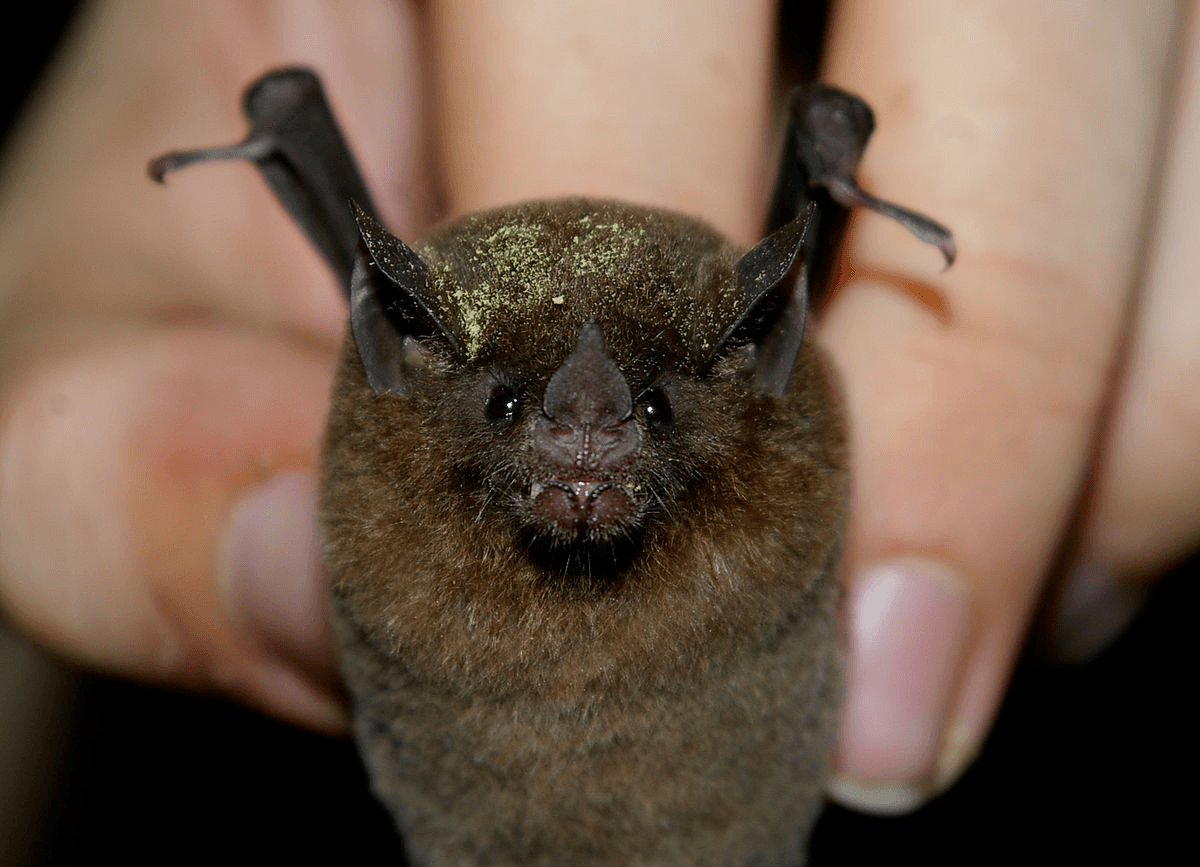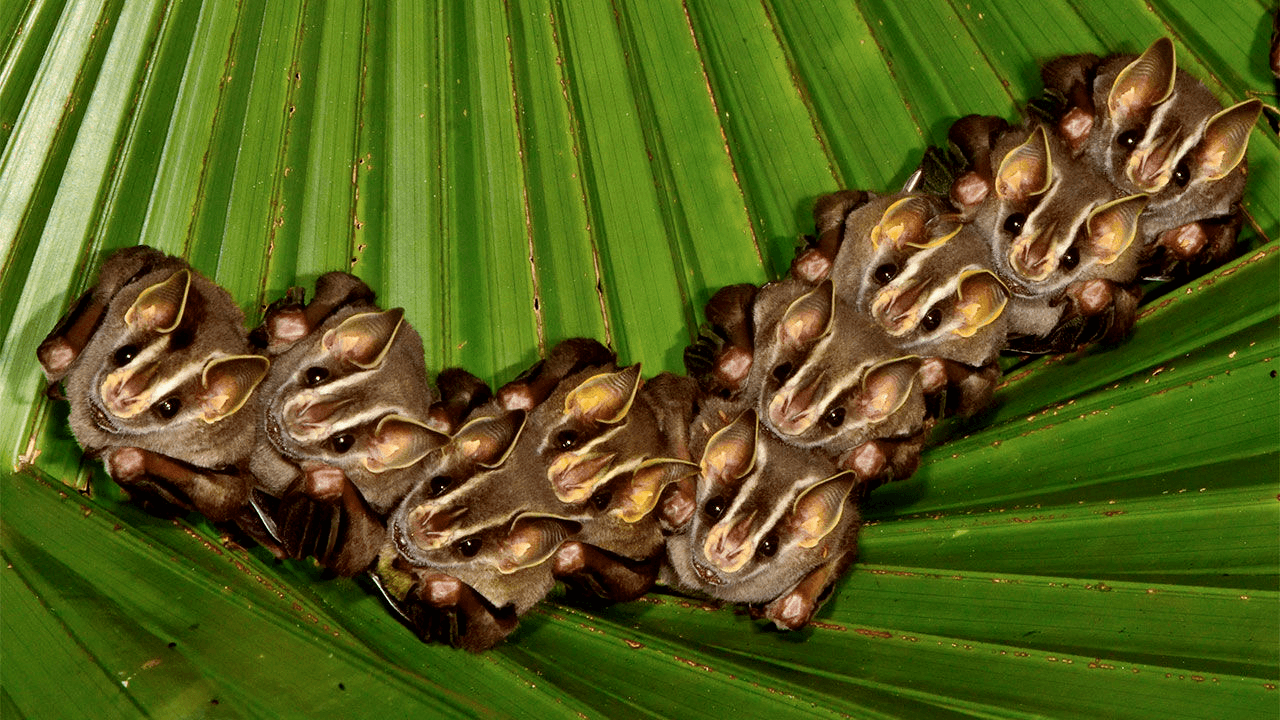Pollinators, Pest Control, and Planters: The True Story of Bats
by Kelsey Jennings, Urban Outreach Specialist/ AmeriCorps Member with MN DNR State Parks and Trails through Conservation Corps’ Individual Placement program
In my last blog, I wrote about the intersection of bats and disease, and why we shouldn’t write off (or kill off) bats when diseases emerge. We can’t ignore that bats act as vectors for disease, but it is rare that they are the direct cause of pandemics. We also cannot ignore the incredible wealth of services bats provide for us, from pest control to pollination.
Bats are both keystone species and bioindicators. As a keystone species, their presence is vital to the balance of the ecosystems they inhabit. For example, in Minnesota, bat guano in caves forms the basis of the entire cave ecosystem, without bats, the ecosystem falls apart. As bioindicators, they are more sensitive than other species and act as an early indicator of negative changes in the environment. They are among the first species to respond to increases in air pollution and extreme droughts or heat, which are linked to climate change.

Among the ecosystem services that bats provide is extensive pollination. Nectar-feeding bats are solely responsible for the pollination of over 500 species of plants alone, including mangos, durians, bananas, avocados, figs, guava, and agave (the plant from which tequila is derived). This doesn’t consider secondhand pollination from bats that feed on fruits and collect/transfer pollen, which likely amounts to much more. Through flight, bats can pollinate fragments of habitat that would otherwise be isolated, which results in healthier and more diverse fragments.

The benefits of pollinating across fragments are further increased when fruit-eating bats disperse seeds in these fragments. In the Amazon, large swaths of forest are removed for ranching and agriculture, and bats are vital to reforesting these areas (so much so that they are referred to as the “farmers of the tropics”). Most seed-dispersing animals are wary of open spaces, but night-dwelling bats aren’t as shy. As a result, as much as 95% of new growth after deforestation is thanks to bats. Without bats, the cost to reforest one square mile of the rainforest could cost upwards of $2.6 million (we currently lose 20,000 square miles per year).

Perhaps the most economically important job bats provide though is pest control. An adult bat can eat 70% of its body weight in insects in a given night, and if she’s pregnant, that jumps to 100% of her body weight. By eating insects like mosquitos, bats actually protect human health from mosquito-borne diseases, and by consuming agricultural pests, they reduce our need for pesticides and protect our food systems. This amounts to roughly $23 billion worth of pest control each year in the United States alone. When you consider pollination and seed dispersal, that number more than doubles. Without bats, the $230 million durian market, the $5 billion tequila market, and the $25 billion banana industry would collapse.
Bats are incredible little creatures who live in nearly every corner of the world. Whether it is a wealth of fruits, lush forests, or simply fewer mosquitos to swat while sitting around a campfire, bats shape the world around us.